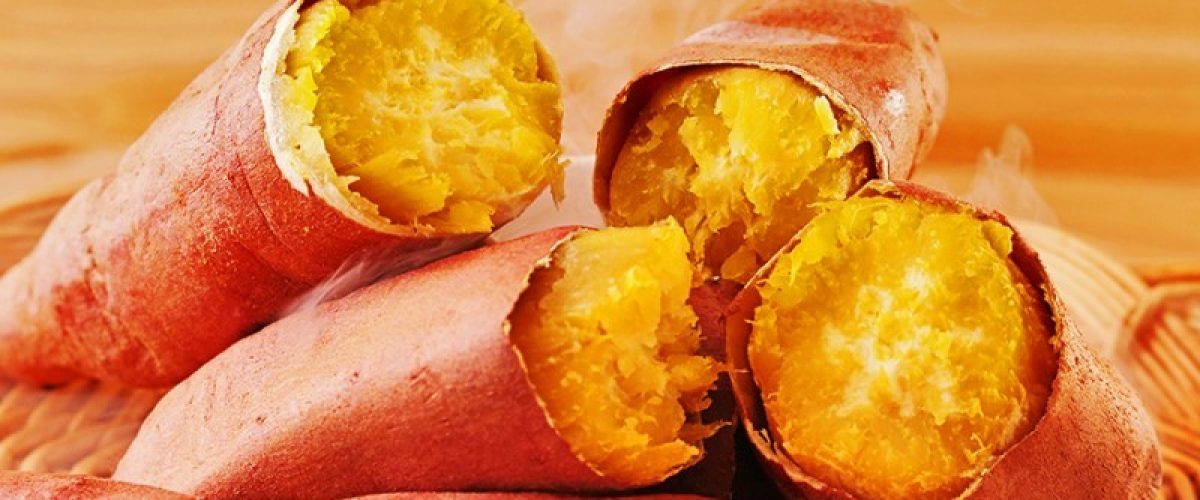Sweet Potato vs Yam

Yams or sweet potatoes. Are they the same thing?
Most people–and even grocery stores–have at times collapsed these two very different vegetables. Both experience a boom in popularity around the holidays as they are fall harvest vegetables and are incorporated into many holiday recipes.
Sweet potatoes and yams are tuberous root vegetables that come from a flowering plant, however, beyond this similarity, these two root vegetables have several distinct differences from one another. So what is the difference between a sweet potato and a yam?
Visually speaking, yams grow in Asia and Africa and tend to have a paler flesh. Conversely, sweet potatoes are grown in tropical regions of America and, depending on the sweet potato variety, the flesh coloring can range from white, cream, yellow, pink, orange, to deep purple. We most commonly find the white/cream to yellowish-orange variety. Both the sweet potato and yam are nutrient-dense, but when it comes to certain nutrients, the sweet potato may have a slight advantage in most areas.
A NUTRITIONAL AND CALORIC COMPARISON BASED ON AN 8 OUNCE SERVING:
SWEET POTATOYAM
Calories 200 150
Protein 5 grams 2 grams
Carbohydrates 45 grams 40 grams
Fiber 7.5 grams 5 grams
DAILY REQUIREMENTS
Vitamin A 270% 1%
Minerals 50% 20%
As noted in the comparison, sweet potato contains more calories and carbohydrates, but it also packs in more than twice the amount of protein and substantially more vitamins and minerals than a yam.
Within the hundreds of sweet potato varieties, you can find two basic types of sweet potatoes that are distinctly different from any yam.
Soft, Sweet Potato
The soft, sweet potatoes are the ones with the darker flesh, yellow to the orange in color. Once cooked, they become very soft and creamy. These are ideal for sweet potato mash, casserole, and other dishes that tend to be on the sweeter side and require softer potatoes.
Firm, Sweet Potato
The firm, sweet potato tends to have a paler flesh ranging from white to light yellow. When thoroughly cooked, these potatoes stay pretty firm and are on the starchier side. These may are ideal in some dishes over others due to their texture and formability.
The fundamental confusion between sweet potatoes and yams started with American supermarkets mislabeling the two. In the majority of cases, what you see labeled as yams in the typical grocery store is the soft sweet potato variety. True yams are incredibly difficult to find and are more often available at a specialty or international market. When in doubt, the produce manager at a specialty market can also be an invaluable resource.
When consuming either yam or sweet potato, make sure to include some healthy fats with your meal to capitalize on the full beta-carotene benefits. One of the best tasting healthy fats to use with these root vegetables is coconut oil. One to two tablespoons with a dash of sea salt will not only increase its nutritional value but will enhance the natural flavor of the sweet potato or yam.
Overall, the sweet potato has an upper edge nutritionally on the yam. Considering that this is what we most commonly buy in the United States, it is something to be happy about. In fact, you could say that sweet potato are some of the most nutritious vegetables out there.
So don’t be shy, and find more ways you can bring them into your diet.
Written by Lisa Saremi
